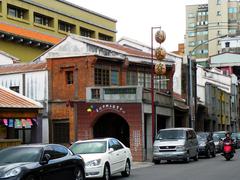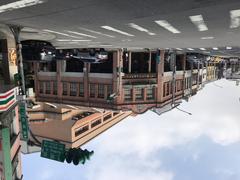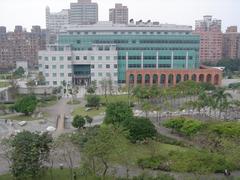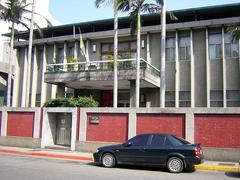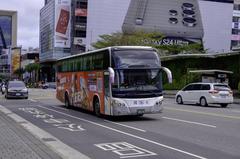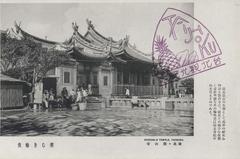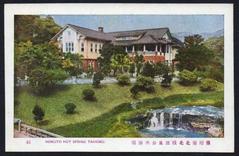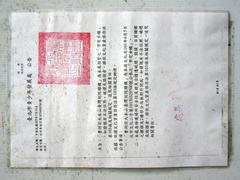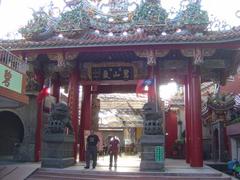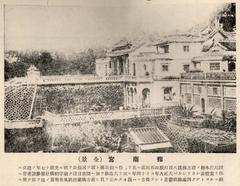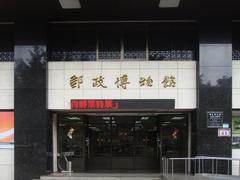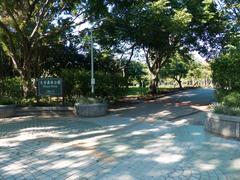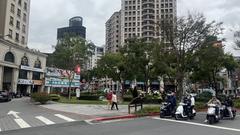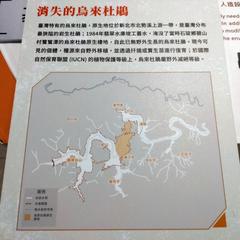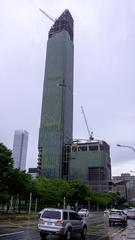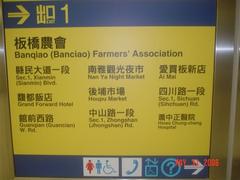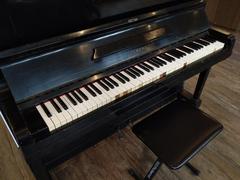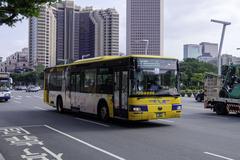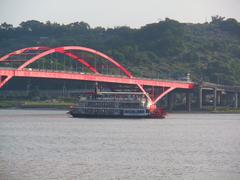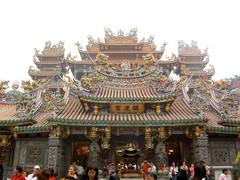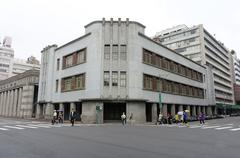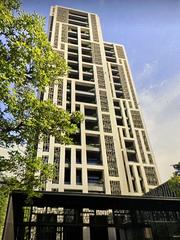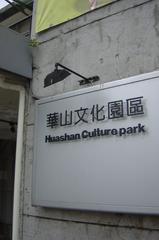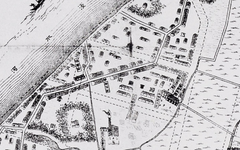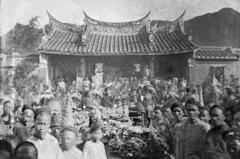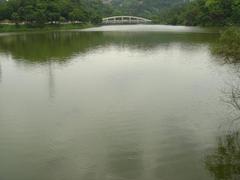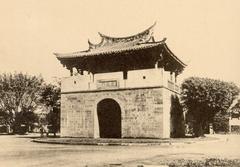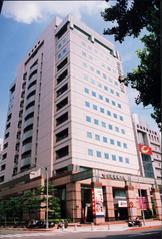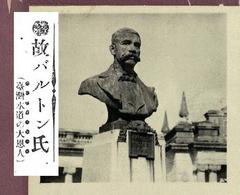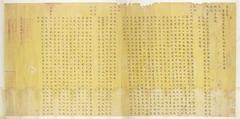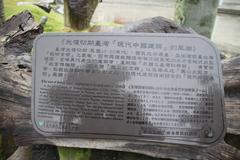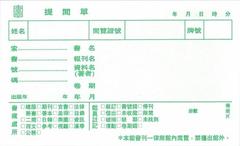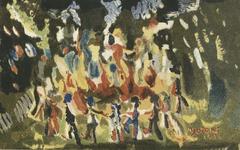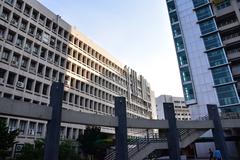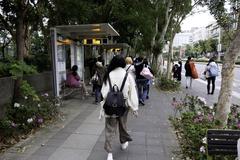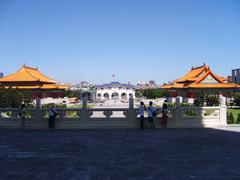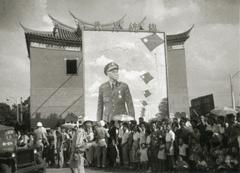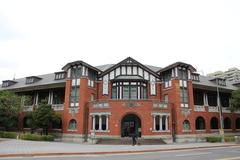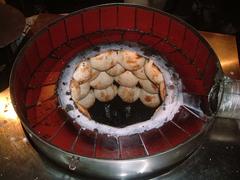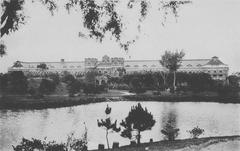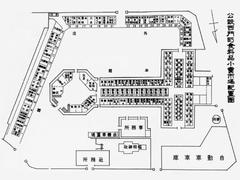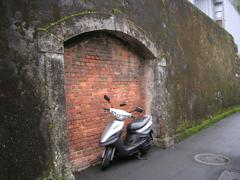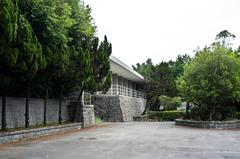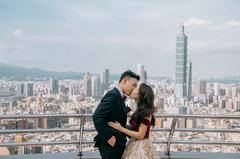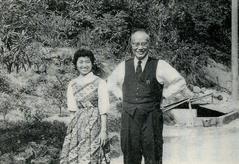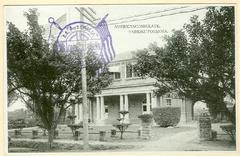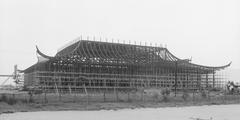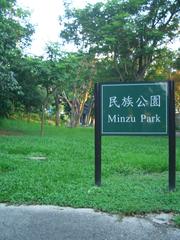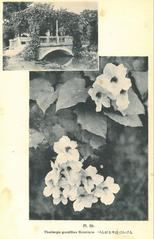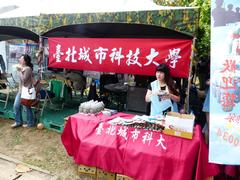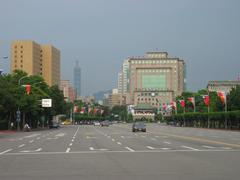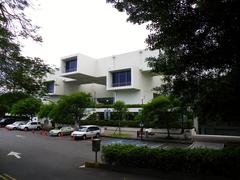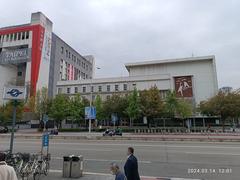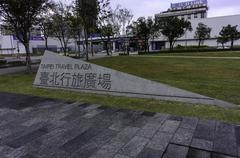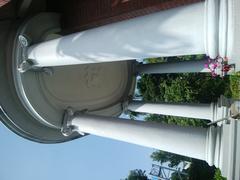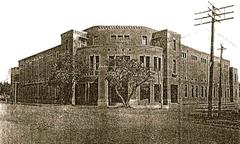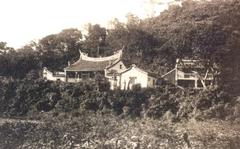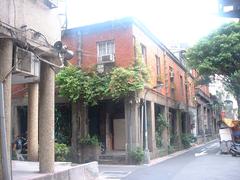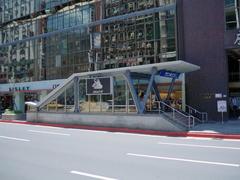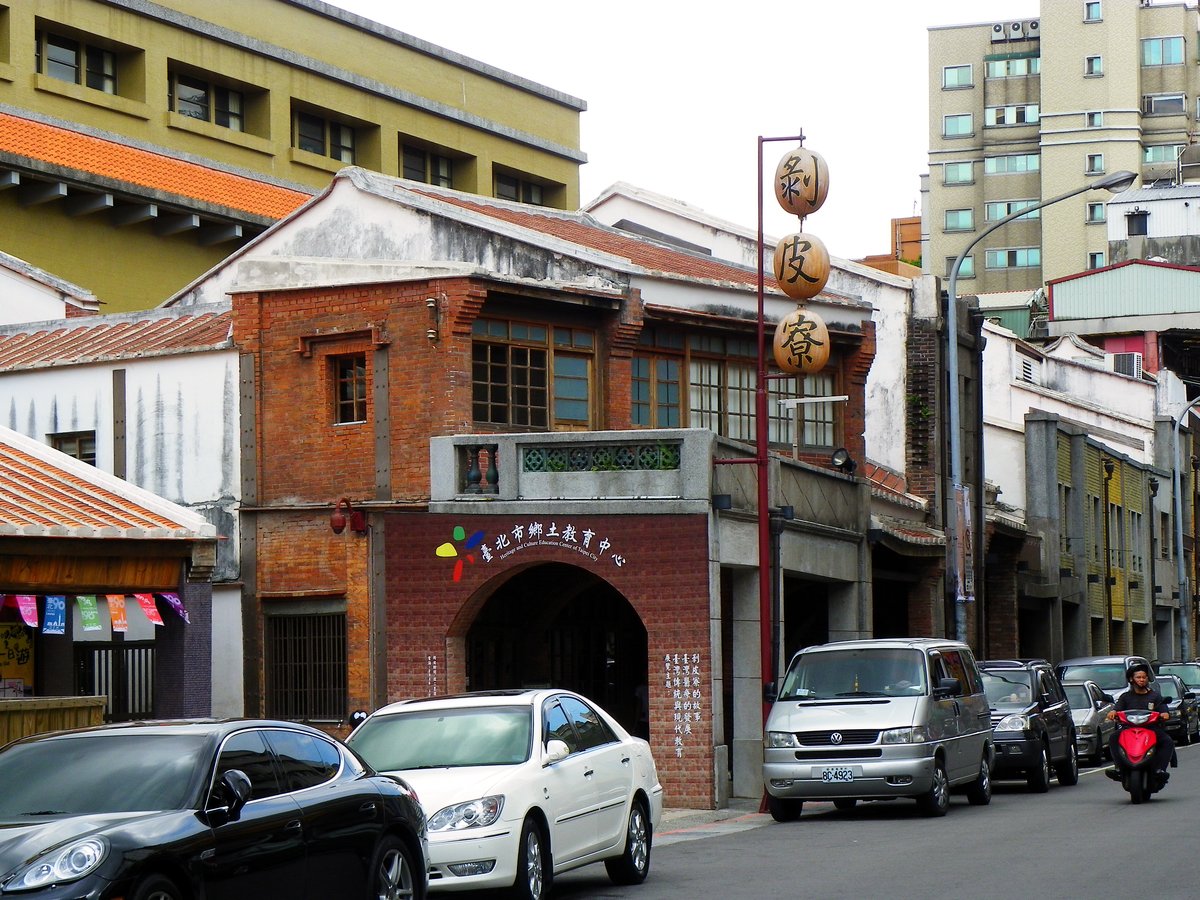
Visiting Bopiliao Historical Block in Taipei: Hours, Tickets, Tips, and More
Date: 17/07/2024
Introduction
Bopiliao Historical Block (剝皮寮歷史街區) in Taipei, Taiwan, is a captivating blend of history, architecture, and cultural heritage. Dating back to the Qing Dynasty in the mid-18th century, this area was originally part of the Mengjia district, a bustling commercial hub due to its strategic location along the Tamsui River. The name ‘Bopiliao’ derives from the practice of skinning animals, particularly oxen, which was common in the area. Over the centuries, the block has witnessed significant transformations, from the Japanese colonial period’s modern urban planning to post-war decline and recent revitalization efforts by the Taipei City Government (source).
Today, Bopiliao Historical Block stands as a testament to Taipei’s rich cultural and architectural heritage. Visitors can explore a unique blend of Fujianese, Western, and Japanese architectural styles, reflecting Taiwan’s diverse cultural influences. The block houses museums, art galleries, cultural workshops, and educational centers, making it a vibrant hub for both locals and tourists. With its well-preserved buildings, historical exhibits, and cultural activities, Bopiliao offers an immersive experience that connects the past with the present (source).
Table of Contents
- [Exploring Bopiliao Historical Block - Visiting Hours, Tickets, History, and Tips](#exploring-bopiliao-historical-block---visiting-hours-tickets-history-and-tipsexploring-bopiliao-historical-block---visiting-hours-tickets-history-and-tips)
- [Early Development and Qing Dynasty Era](#early-development-and-qing-dynasty-eraearly-development-and-qing-dynasty-era)
- [Japanese Colonial Period](#japanese-colonial-periodjapanese-colonial-period)
- [Post-War Period and Decline](#post-war-period-and-declinepost-war-period-and-decline)
- [Preservation and Revitalization Efforts](#preservation-and-revitalization-effortspreservation-and-revitalization-efforts)
- [Current Significance](#current-significancecurrent-significance)
- [Visiting Hours, Tickets, and Guided Tours](#visiting-hours-tickets-and-guided-toursvisiting-hours-tickets-and-guided-tours)
- [Special Events and Photographic Spots](#special-events-and-photographic-spotsspecial-events-and-photographic-spots)
- [Visitor Tips](#visitor-tipsvisitor-tips)
- [Frequently Asked Questions (FAQ)](#frequently-asked-questions-faqfrequently-asked-questions-faq)
- [Conclusion](#conclusionconclusion)
- [Call to Action](#call-to-actioncall-to-action)
Exploring Bopiliao Historical Block - Visiting Hours, Tickets, History, and Tips
Early Development and Qing Dynasty Era
The origins of Bopiliao Historical Block (剝皮寮歷史街區) date back to the early Qing Dynasty, around the mid-18th century. During this period, the area was part of the burgeoning Mengjia (艋舺) district, which was one of the three major settlements in Taipei. Mengjia, known today as Wanhua, was a bustling commercial hub due to its strategic location along the Tamsui River, facilitating trade and transportation.
Bopiliao’s name is believed to have originated from the practice of skinning animals, particularly oxen, which was a common trade in the area. The term “剝皮” (Bopi) translates to “skinning” in English, while “寮” (Liao) refers to a hut or shack, indicating the area’s early association with this trade. The street became a vital part of the local economy, with various shops and businesses catering to the needs of traders and residents.
Japanese Colonial Period
The Japanese colonial period (1895-1945) brought significant changes to Taiwan, including the Bopiliao area. The Japanese administration implemented modern urban planning and infrastructure development, which led to the construction of new buildings and the renovation of existing structures. During this time, Bopiliao saw the introduction of Western architectural styles, blending with traditional Chinese designs to create a unique architectural landscape.
One of the notable changes was the establishment of a public school in the area, which later became the Bopiliao Elementary School. The school played a crucial role in the community, providing education to local children and serving as a social hub. The Japanese influence is still evident in the architectural details of the buildings, such as the use of red bricks and arched doorways.
Post-War Period and Decline
After World War II and the end of Japanese rule, Taiwan underwent rapid industrialization and urbanization. The Bopiliao area, however, experienced a period of decline as the focus shifted to other parts of Taipei. The traditional shops and businesses struggled to compete with modern commercial centers, leading to economic stagnation.
During the 1960s and 1970s, many of the historic buildings in Bopiliao fell into disrepair. The area became neglected, and some structures were demolished to make way for new developments. Despite this, the core of the historical block remained intact, preserving its unique architectural and cultural heritage.
Preservation and Revitalization Efforts
In the late 20th century, there was a growing awareness of the importance of preserving Taiwan’s cultural heritage. In 1999, the Taipei City Government launched a comprehensive plan to restore and revitalize the Bopiliao Historical Block. The project aimed to preserve the area’s historical buildings while adapting them for modern use.
The restoration process involved meticulous research and collaboration with historians, architects, and local residents. Efforts were made to retain the original architectural features, such as the red brick facades, wooden beams, and tiled roofs. The project also included the creation of a cultural and educational center, showcasing the history and heritage of the area.
Current Significance
Today, Bopiliao Historical Block stands as a testament to Taipei’s rich history and cultural diversity. The area has been transformed into a vibrant cultural and educational hub, attracting both locals and tourists. The restored buildings house museums, art galleries, and cultural workshops, offering visitors a glimpse into the past.
One of the key attractions is the Bopiliao Historical Block Museum, which features exhibits on the history of the area, traditional crafts, and the daily life of its residents. The museum also hosts various cultural events and activities, such as traditional music performances, calligraphy workshops, and guided tours.
The Bopiliao Historical Block is also a popular filming location for movies and television dramas, thanks to its well-preserved historical ambiance. The area has been featured in several Taiwanese films, further enhancing its cultural significance.
Visiting Hours, Tickets, and Guided Tours
- Opening Hours: The historical block is generally open to the public from 9:00 AM to 5:00 PM, but it’s advisable to check the official website for any changes in schedule or special events.
- Tickets: Entrance to the Bopiliao Historical Block is usually free, but some special exhibitions or events may require a ticket. It’s best to check the official website for the latest information on ticket prices.
- Guided Tours: To fully appreciate the history and significance of the area, consider joining a guided tour. These tours are often available in multiple languages and provide in-depth insights into the historical and cultural aspects of Bopiliao.
Special Events and Photographic Spots
- Special Events: Bopiliao Historical Block frequently hosts cultural events, festivals, and workshops that celebrate Taiwanese heritage. Check the official website or local event listings for details on upcoming events.
- Photographic Spots: The picturesque streets and well-preserved buildings make Bopiliao a great spot for photography. Be sure to bring your camera and capture the unique architectural details.
Visitor Tips
- Cultural Activities: Participate in the various cultural activities and workshops offered at the site. These activities provide a hands-on experience of traditional crafts and practices.
- Accessibility: The area is easily accessible by public transportation. The nearest MRT station is Longshan Temple Station, which is a short walk from the historical block.
Frequently Asked Questions (FAQ)
- What are the visiting hours for Bopiliao Historical Block?
- The historical block is generally open from 9:00 AM to 5:00 PM. Check the official website for any updates or changes.
- Are there guided tours available at Bopiliao Historical Block?
- Yes, guided tours are available in multiple languages and offer in-depth insights into the area’s history and culture.
- Do I need to buy tickets to visit Bopiliao Historical Block?
- Entrance is usually free, but some special exhibitions or events may require a ticket.
Conclusion
Bopiliao Historical Block is more than just a historical site; it is a living testament to Taipei’s rich cultural heritage. From its diverse architectural styles to its vibrant community events, Bopiliao offers a unique and enriching experience for all visitors. Whether you’re interested in history, architecture, or simply exploring new places, Bopiliao Historical Block is a must-visit destination in Taipei (source).
The preservation and revitalization efforts by the Taipei City Government have not only maintained the historical integrity of Bopiliao but also fostered community identity and pride. The block serves as a venue for cultural festivals, art exhibitions, and performances, contributing to the local economy and promoting sustainable tourism. By visiting Bopiliao Historical Block, tourists can immerse themselves in Taipei’s cultural tapestry and gain a deeper understanding of its rich heritage. For more information, visitors can check the official Taipei City Government website and follow related social media channels for the latest updates and events (source).
Call to Action
By visiting Bopiliao Historical Block, tourists can immerse themselves in the rich history and cultural heritage of Taipei. Don’t forget to download the Audiala mobile app for more travel tips and updates, and check out other related posts on our website. Follow us on social media for the latest news and events!
References
- Exploring Bopiliao Historical Block - Visiting Hours, Tickets, History, and Tips, 2024, Author (source)
- Exploring Bopiliao Historical Block - Visiting Hours, Tickets, and Cultural Significance in Taipei, 2024, Author (source)
- Exploring Bopiliao Historical Block - Visiting Hours, Tickets, and Top Attractions in Taipei, 2024, Author (source)
